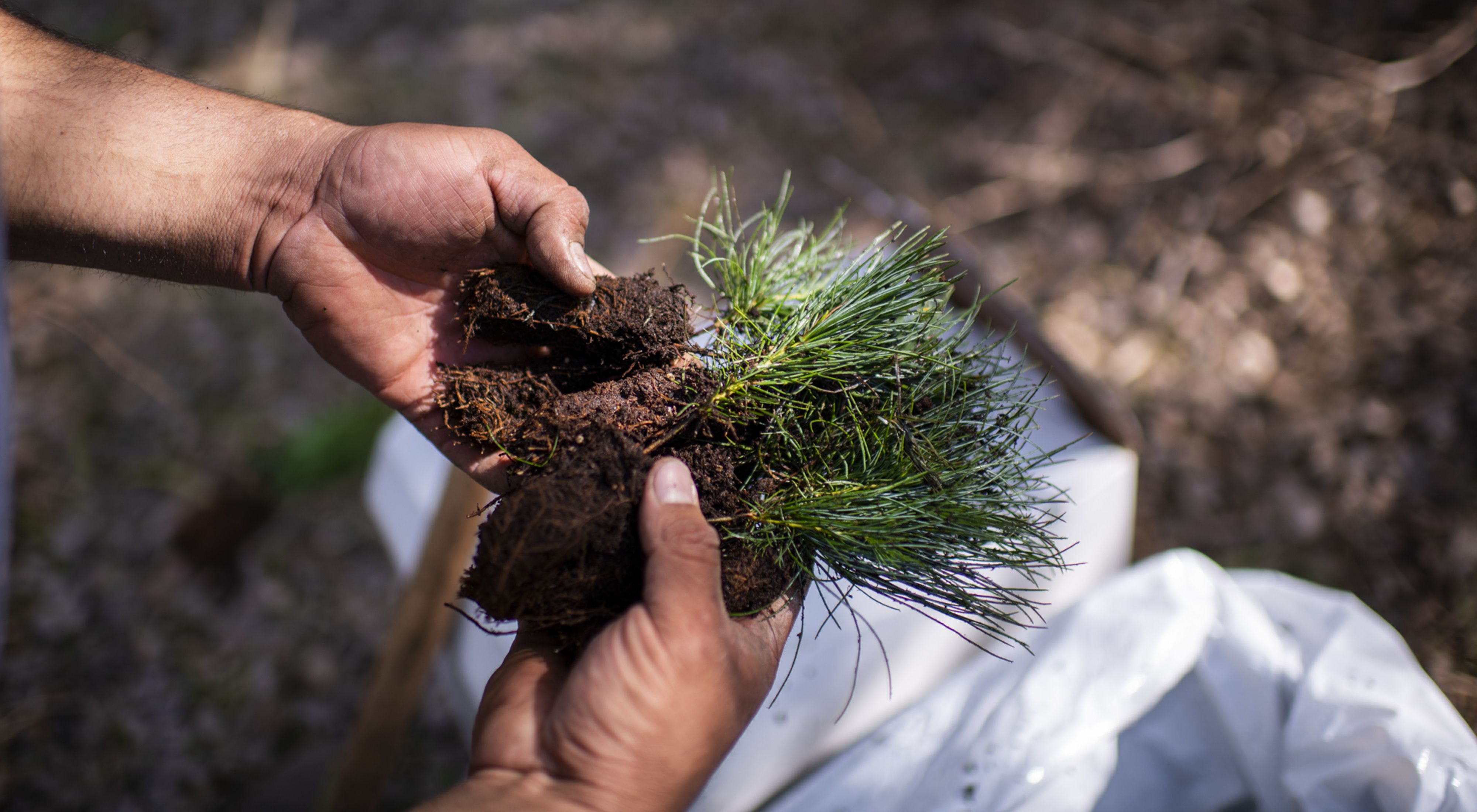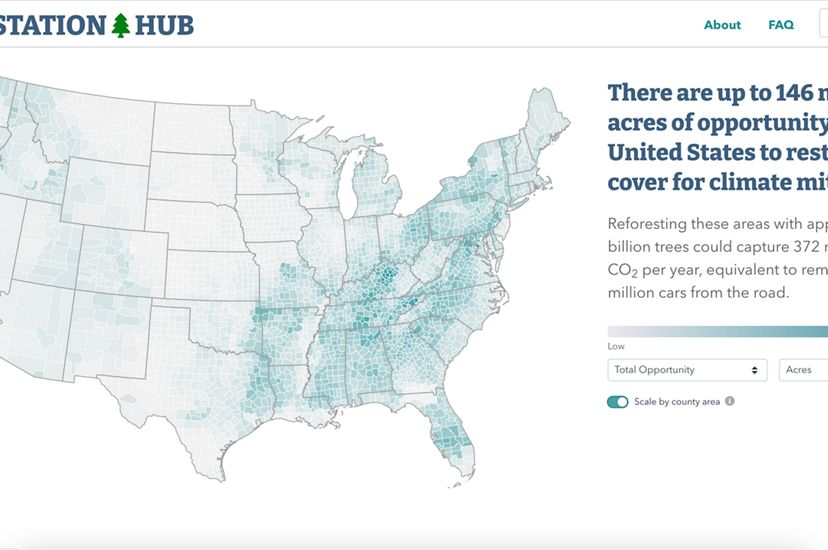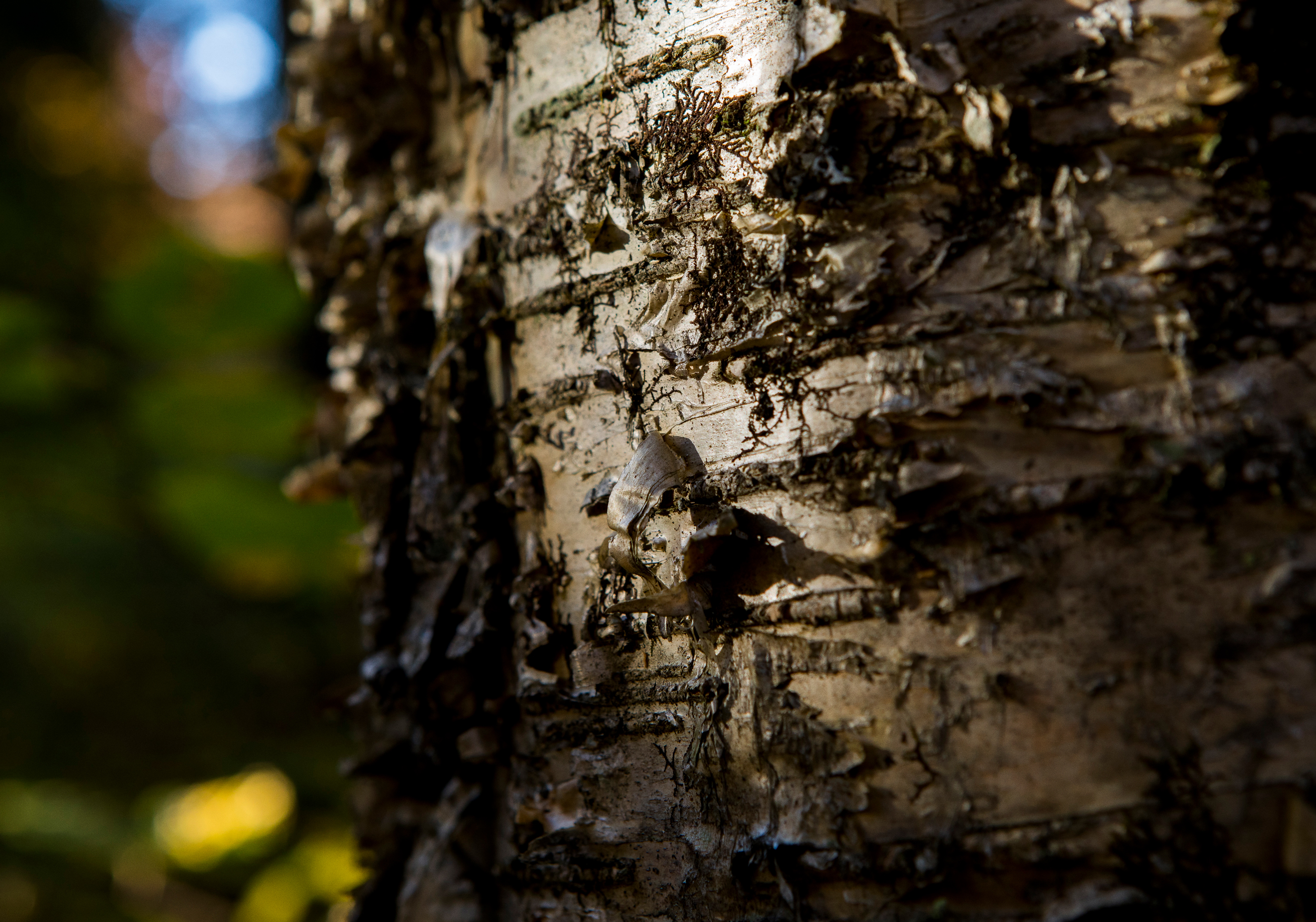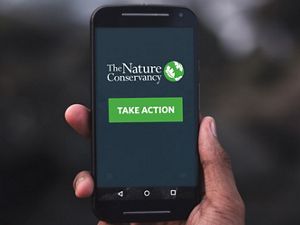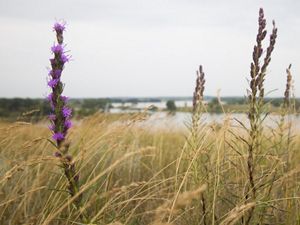Can We Grow Enough Trees to Reforest Minnesota?
Reaching our goal of reforesting one million acres would require increasing seedling production about 8-fold.
By Meredith Cornett, Former Climate Change Director, MN-ND-SD
Imagine we already had the ultimate carbon capture technology right at our fingertips. I’d want that technology to be inexpensive, easy to deploy in almost any setting, and immediately scalable. Oh, and I’d want it to do some other important things for us, too—like providing clean water and air.
Great news! We call that technology nature, and it is, in fact, ready to roll out across the globe. Plants are at the heart of this technology, naturally endowed as they are with their photosynthetic superpowers. Plants have the same thing for breakfast, lunch and dinner every day and they never get tired of it. Their daily recipe, called photosynthesis, takes carbon dioxide and water, applies a dash of sunlight, and creates carbohydrates (yum!) which plants safely store away in their own tissues, use for energy to grow, or slough off into the soil where it becomes dinner for other creatures and enriches the soil.
Quote

We need to manage forests as the diverse, complex ecosystems they were meant to be.
Photosynthesis is not just a recipe for breakfast. It is also a superpower. And trees are among the greatest superheroes of them all! When it comes to climate change, forests—and therefore, trees—have an outsized potential as a solution, particularly in inland states like ours. It almost goes without saying that avoiding the conversion of forests to other uses is critical to maintaining their ability to store carbon. We also need to manage them well—as the diverse, complex ecosystems they were meant to be. Yet by far the biggest opportunity, both globally and locally, is the reforestation of areas where forests have been lost. We need to get on that, and fast!
The Nature Conservancy and American Forests have published a new tool, the Reforestation Hub, that highlights the best opportunities for reforestation across the U.S. and shows us that Minnesota’s reforestation opportunity is estimated at 2.09 million acres. But what would it actually take to accomplish such an ambitious goal? Well, Nature Conservancy Lead Scientist for North America Joe Fargione suggests that an ambitious scenario would be reforesting roughly 40% of those acres by 2040.
To simplify, let’s take a million acres of reforestation in Minnesota by 2040 and run down some quick numbers… To accomplish the goal, we’d need roughly 781 million tree seedlings—or 43.3 million seedlings per year. Current annual seedling production in Minnesota is roughly 6.1 million across both public and private nurseries. Reaching our goal of one million acres would require roughly eight times the level of current production. Ambitious, but not impossible.
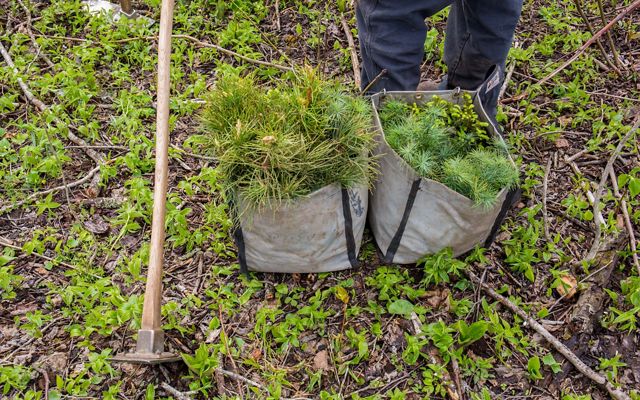
So where will all those tree seedlings come from?
Minnesota’s state nursery has the capacity to grow up to 25 percent of the total seedlings needed but currently lacks adequate funding from the Minnesota Legislature to achieve the 10 million seedling cap they are permitted by statute. Greater state investments are needed, and we’ll need private nurseries, grassroots coalitions and maybe even rogue growers to fill in the tree gap.
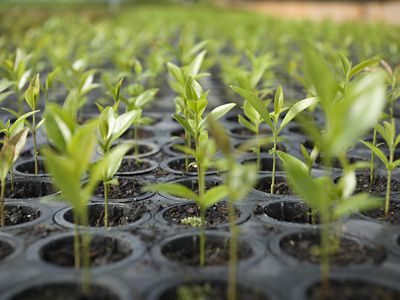
A “Yes, And” Approach to Reforestation
As we awaken to the huge potential of reforestation, it’s clear we need an all-of-the-above strategy. As Fargione et al. put it, the entire reforestation pipeline has to scale up to meet the need. That means accelerating seed collection in addition to nursery production. It also means expanding the workforce, especially planting crews. Investing in the post-planting work is just as important—for example, protecting seedlings from deer browsing and managing brush and weeds at planting sites to give young trees a fighting chance.
None of this is free, but the cost of inaction is significantly higher. Not only that, scaling up our investments in reforestation could provide a huge win-win for jobs and nature—and at a time where we really could use some more wins.
We know planting trees alone isn’t going to fix the climate crisis. In addition to reducing emissions, there may be other technological solutions to carbon drawdown in the works. And we know tech has a big role to play. But trees are about as cost-effective as it gets, plus they yield multiple benefits like clean water and air, habitat for our iconic wildlife and improved public health outcomes.
It won’t be enough to simply plant more of the same trees. We also need to consider the reality of a warming climate and what kinds of seedlings will not only survive but thrive under changing climate conditions. Many parts of Minnesota have already warmed two degrees Celsius, and changes to the amount and timing of precipitation require us to rethink our planting protocols. This calls for new thinking about the types of trees we plant. Minnesota’s reforestation initiative must be climate-informed, which means rethinking our traditional suite of tree species.
What Is Assisted Migration?
Assisted migration, or the movement of species with a little help from people, is one strategy that ecologists and land managers are looking to as a way of maintaining diversity and resilience in natural areas most vulnerable to climate change.
In order to transition forests, and enable them to persist as surrounding areas experience climate shifts, forest land managers should prioritize diversity and resilience by planting species predicted to do well under the changing conditions. Through on-the-ground science and research, we are learning that assisted migration may be an effective climate management strategy in places like northeastern Minnesota.
“One of the bigger hurdles we face ahead is really one of the imagination,” says Meredith Cornett, director of conservation science with The Nature Conservancy in Minnesota. “We’re really going to have to adjust our mindset and broaden our view of what the Northwoods can be if we’re going to continue to have forests in this part of the state.”
With fixed seed sourcing zone policies, like the state of Minnesota’s, seeds and seedlings must be sourced from the same seed zone in which they are planted. A sensible policy for forests of the 20th century, but researchers are recommending a change to Minnesota’s seed sourcing requirements to either become flexible or to include exceptions for cases where assisted migration may be needed.
“The nursery industry will really need to expand and scale up production for the kind of diversity planting Minnesota needs to address climate change impacts on our forests” says Cornett. “The good news is that growth in the industry could lead to new jobs as our state takes on climate change.”
Plant Climate-Smart Tree Species!
Wondering what you can do? Well, if you're a homeowner, and in the market for a new tree to plant, consider selecting species that are predicted to do well under future climate conditions for your region. Learn more about climate-smart tree planting from the Northern Institue of Applied Climate Science.
A warmer (or wetter) Minnesota may be better suited to planting native trees that can take the added heat or moisture. We can help new trees along by setting them up for success: sourcing seeds from more southerly populations of those trees, and possibly including more southerly species in our planting mixtures. This practice is a form of assisted migration, and there are already private nurseries, coalitions and rogue growers who are doing exactly that. The Farm and Forest growers’ network, Adaptive Silviculture for Climate Change and B4WARMED are all great case studies in growing against the grain. But we need more of these examples at a much greater scale to really make an impact!

Trees. Water. Soil.
A campaign by The Nature Conservancy that explores the climate solutions that exist all around us and the Minnesotans who are already using them. Learn more.
Expanding the kinds of strategies we use in reforestation—beyond nursery production and traditional planting—will also be key to realizing our potential in Minnesota. Some of our greatest potential lies in natural regeneration—simply allowing forests to grow back on their own where there is a seed source—usually adjacent to an existing forest. We are fortunate in Minnesota to have approximately 17.6 million acres of forestland remaining, some of which is adjacent to areas in need of reforestation. Looking to existing forests that could naturally spread their seeds into nearby fields that could support new tree growth is a low-cost way to achieve reforestation goals. Another promising approach, called nucleation, involves concentrating the planting of tree and shrub seedlings that will serve as seed dispersal hubs across wider areas. This is a promising way to make the most of limited resources for reforestation.
All of these approaches will be important in helping Minnesota achieve its reforestation potential in such an ambitious amount of time. This is what we mean when we talk about all-the-above strategies. No one approach will be enough to get us to where we need to be.
Planting for Jobs, Climate Action and a Greener Future
The opportunity—and challenges—are too big for any one organization to take on. Our state’s reforestation potential calls for an all-hands-on-deck response. What we need now is a comprehensive plan for reforestation that catapults us past our current models of thinking and production. Toward that end, The Nature Conservancy is working with partners to envision a future for large-scale reforestation that could lead to new markets, products and jobs. Reflect for a moment on the Civilian Conservation Corps that planted some three billion trees across America in the 1930s. A modern reforestation workforce, one that incorporates lessons learned from President Roosevelt’s New Deal era, is but one example of how we could move ahead. By considering communities—urban, rural and everything in between—that have most been most impacted by deforestation, and building coalitions to create a forested and climate-ready landscape, Minnesota can overcome the tree gap and make a meaningful difference as part of a global climate solution.
The real question is: will we seize this opportunity?
